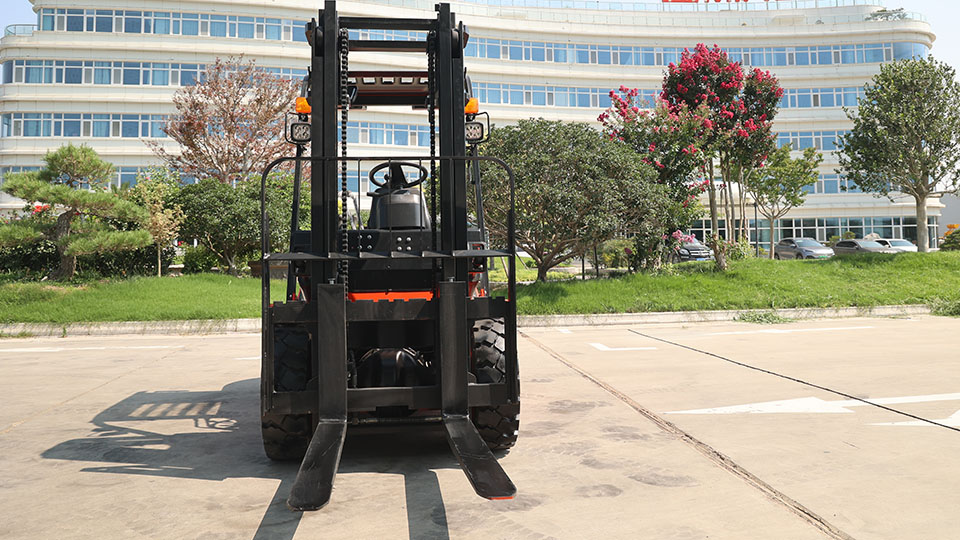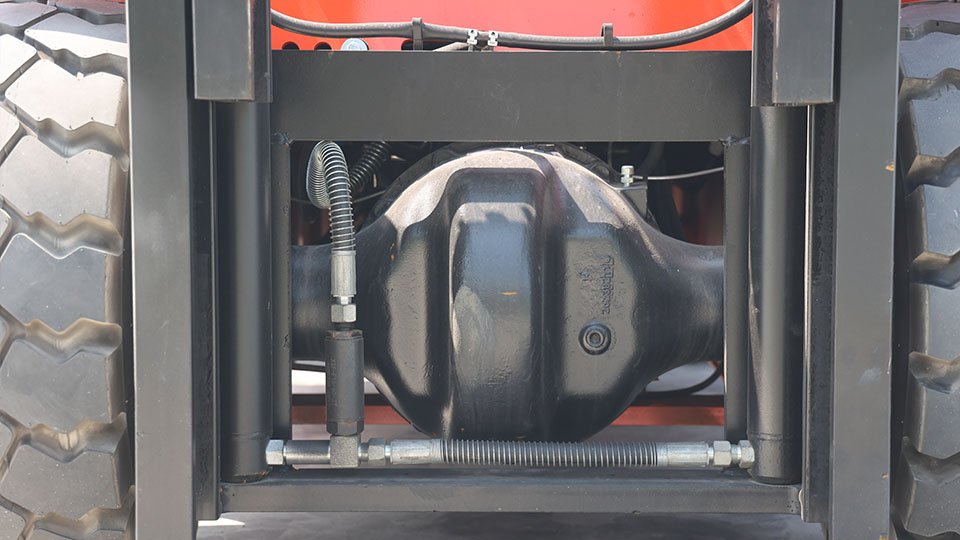
I. Introduction
Moving pallets with a forklift is a routine task in many industries, but it's one that demands precision and adherence to safety protocols. Improper handling can lead to serious accidents, damage to goods, and costly equipment repairs. This article aims to provide a comprehensive guide on the correct way to move pallets with a forklift, emphasizing safety and efficiency to ensure a smooth and accident-free operation.
II. Understanding Forklift and Pallet Basics
Forklift Types and Their Applications:
Counterbalance forklifts are versatile for general pallet handling.
Reach trucks are ideal for narrow aisle racking.
Pallet jacks are used for short-distance movement on level surfaces.
Selecting the right forklift for the specific task and environment is crucial.
Pallet Types and Construction:
Standard wood pallets are common but can have variations in construction.
Plastic pallets offer durability and hygiene advantages.
Understanding load capacity and entry points is essential for safe handling.
Forklift Attachments for Pallet Handling:
Side shifters allow for lateral fork movement, improving precision.
Fork positioners enable quick adjustment of fork spacing.
Push/pull attachments are used for slip sheet handling.
Attachments enhance versatility and efficiency in specific applications.
III. Pre-Operation Checks and Preparations
Forklift Inspection:
Daily pre-operation checks include inspecting fluids, tires, forks, and safety devices.
Any issues must be reported and addressed before operating the forklift.
Pallet Inspection:
Check for damaged boards, protruding nails, and overall structural integrity.
Ensure the pallet is suitable for the load weight and dimensions.
Load Assessment:
Determine the weight, size, and stability of the load.
Ensure the load is properly secured and balanced to prevent shifting.
Work Area Preparation:
Clear obstacles, ensure adequate lighting, and mark traffic lanes.
Assess floor conditions for potential hazards like spills or uneven surfaces.

IV. Safe Pallet Pickup Techniques
Approaching the Pallet:
Approach the pallet at a safe speed and maintain a stable distance.
Align the forklift squarely with the pallet to ensure proper fork insertion.
Fork Positioning and Insertion:
Adjust fork spacing to match the pallet's entry points.
Insert forks fully and evenly into the pallet to provide stable support.
Lifting and Stabilizing the Load:
Smoothly lift the pallet to a safe travel height, typically a few inches off the ground.
Ensure the load is balanced and stable on the forks before moving.
V. Safe Pallet Transportation
Travel Speed and Route Planning:
Maintain a safe travel speed, especially on inclines or uneven surfaces.
Plan the route to avoid obstacles and traffic, minimizing sudden stops and turns.
Load Visibility and Awareness:
Ensure clear visibility of the travel path and surroundings.
Use mirrors and look over the shoulder when reversing or navigating tight spaces.
Negotiating Turns and Inclines:
Slow down and widen turns to prevent load instability.
Use extra caution when traveling on inclines or ramps, keeping the load uphill.
Maintaining a Safe Distance:
Keep a safe distance from other equipment and personnel to avoid collisions.
Adhere to traffic rules and signals within the work area.
VI. Safe Pallet Placement Techniques
Approaching the Destination:
Slow down and align the forklift with the destination, whether it's a rack or the ground.
Ensure the destination is clear and level to prevent pallet instability.
Lowering and Positioning the Pallet:
Smoothly lower the pallet to the ground or racking, ensuring it's placed squarely and securely.
Avoid sudden drops or jerks that could damage the load or pallet.
Fork Withdrawal:
Slowly withdraw the forks from the pallet, ensuring the pallet remains stable.
Check the pallet's position after withdrawal to confirm it's secure.
VII. Special Considerations for Different Environments
Warehouse Operations:
Navigate narrow aisles with caution, using appropriate speed and awareness.
Utilize specialized forklifts and attachments for efficient racking operations.
Outdoor Operations:
Deal with uneven terrain and weather conditions by using appropriate tires and attachments.
Be aware of outdoor obstacles and adjust driving techniques accordingly.

Cold Storage Operations:
Deal with cold temperatures and slippery surfaces by using specialized clothing and equipment.
Be aware that cold temperatures can affect forklift performance.
VIII. Load Stability and Securing Techniques
Load Balancing and Weight Distribution:
Ensure the load is evenly distributed on the pallet to prevent instability.
Avoid overloading and uneven weight distribution, which can lead to accidents.
Using Straps, Shrink Wrap, and Other Securing Methods:
Properly secure the load to the pallet using straps, shrink wrap, or other appropriate methods.
Select securing methods based on the load type and transport requirements.
Inspecting and Maintaining Load Stability:
Regularly check load stability during transport and re-secure the load if necessary.
Be vigilant for any signs of shifting or instability.
IX. Safety Regulations and Best Practices
OSHA and Industry Standards:
Understand and comply with relevant safety regulations, such as those set by OSHA.
Adhere to industry best practices for forklift operation to ensure a safe work environment.
Operator Training and Certification:
Ensure all operators are properly trained and certified to operate forklifts.
Regular refresher training and evaluations are essential for maintaining competence.
Reporting Accidents and Near Misses:
Establish clear procedures for reporting accidents and near misses.
Investigate incidents to identify root causes and prevent recurrence.
X. Conclusion
Moving pallets with a forklift requires a combination of skill, knowledge, and adherence to safety protocols. By understanding forklift and pallet basics, conducting thorough pre-operation checks, and implementing safe handling techniques, operators can minimize risks and maximize efficiency. Proper training, regular maintenance, and a strong safety culture are essential for creating a safe and productive work environment.
Name: selena
Mobile:+86-13176910558
Tel:+86-0535-2090977
Whatsapp:8613181602336
Email:vip@mingyuforklift.com
Add:Xiaqiu Town, Laizhou, Yantai City, Shandong Province, China